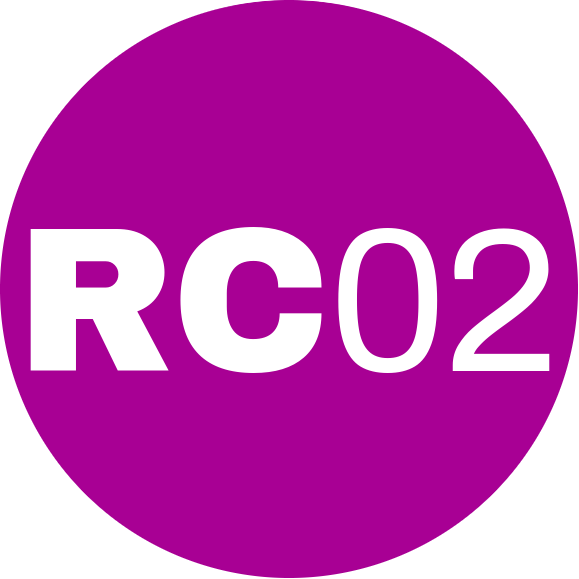Note: The following is a short note on the recent member publication: “Pharmaceuticals as a market for ‘lemons,” by Donald W. Light and Joel R. Lexchin published in Social Science & Medicine.
When markets do not meet the stringent requirements that economists set for a perfectly functioning market, which is most of the time, sociological and institutional factors come into play. Contributing to his Nobel Prize in economics, George Akerlof developed the theory of so-called lemons, based on used cars with hidden risks or flaws that sellers did not disclose to unwitting buyers. This is one form of mis-named “market failure,” which does not mean the market breaks down on the side of the road but rather lets sellers exploit buyers based on information asymmetry or other forms of power that allow sellers to shape markets to their preferences.
Sociologists could do much more with the many markets for lemons. Each must be studied empirically to document how different stakeholders respond to problems of information asymmetry, secrecy, and power. In markets for lemons, sellers also attempt to bend laws and regulations to their interests, even making hidden risks legal. Buyers, whose interests are less concentrated may try to organize and institute practices such as guarantees, warranties, and recalls to deal with lemons.
In “Pharmaceuticals as a market for ‘lemons,’” the widely cited physician and policy analyst, Joel Lexchin, and I first revise Akerlof’s theory and then apply it to pharmaceuticals as the world’s largest market for ‘lemons.’ Many people may not realize that medicines approved by the U.S. FDA or EMA (European Medicines Agency) as safe and effective and properly prescribed are a leading cause of hospitalizations and deaths. This is only possible because the drug companies have worked for decades to shape regulations so that risks of harm can be under-reported or suppressed and measures of efficacy do not require evidence that new medicines are clinically better than the 15,000 drugs already in use. Orphan drugs approved for rare diseases are especially devoid of clinical evidence of safety and effectiveness.
These industry-led regulations enable companies to develop new drugs and minor variations of existing ones with untested and hidden risks of harm. In other words, the huge pharmaceutical research enterprise, following the rules, regulations, and procedures of society’s regulators, develops drugs often without evidence that they are clinically safe or effective and may have hidden risks of harm. All of them, however, warrant patents for price-protected marketing, and new patents are the main product of pharmaceutical R&D. This is hardly what people want or think they are getting.

